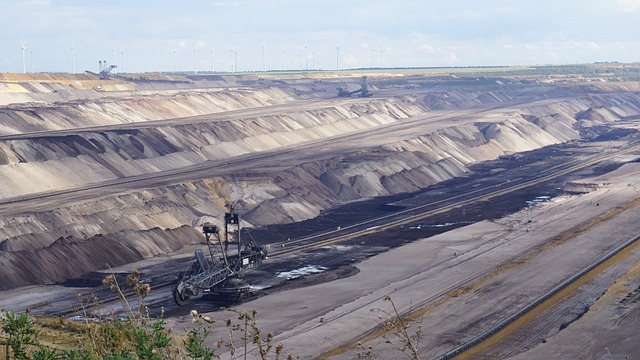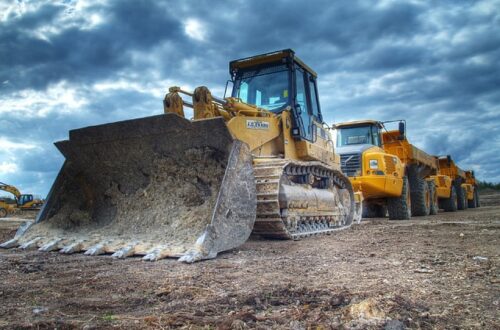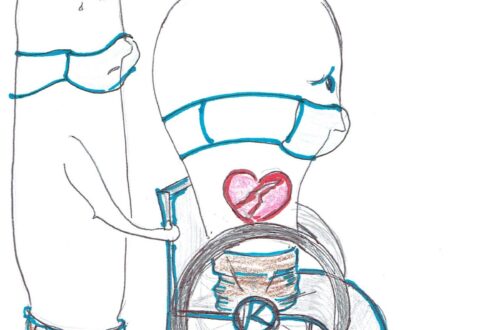Mining is quite a prominent practice, essential to get the raw materials numerous industries need to survive. Humans thrive on being able to explore and extract all kinds of minerals. However, environmental stewards should join the conversation and gauge their sustainability.
Open-pit and sub-surface mining are two of the main types of mining. Corporations use each one interchangeably, depending on the landscape and need. Here’s an assessment of how they work and how sustainable they are.
Open-Pit Mining
Open-pit mining is a process that extracts matter close to the ground. Mining often has a reputation for going underground, but this process does not go too deep, which is why it’s categorized under surface mining. However, surface doesn’t necessarily mean that it doesn’t go deep. In 2023, the Bingham Canyon mine in Utah was the deepest open-pit mine, with more than 1.2 kilometers in depth.
Open-pit mines are created by extensive excavation steps, like drilling and blasting ore from the ground. Large machinery like trucks and bulldozers is utilized to remove the ground. These processes often result in large holes that lead to sand, gravel, and other raw materials.
Mining can contribute to land degradation and global warming, and open-pit holes are no exception. Because it focuses on the topsoil, it targets plenty of vegetation. The pits also disrupt various natural habitats that can impact humans and wildlife.
Another startling factor with open-pit mines is they are quite long-lasting. After eroding the soil and taking what’s necessary, they stay open as they are. Some people treat them as waste dumps instead, which eventually contaminates bodies of water. Local communities also fail to utilize the land further because of the gap.
Open-pit mining is a very dangerous practice. There are calls to ban open-pit mining since the operations require many fossil fuels and trigger deforestation, which lowers the planet’s capacity to take in carbon dioxide. Its continuous and irreversible environmental damage challenges the benefits of open-pit mining.
Subsurface Mining
Subsurface mining is another process that involves extracting materials underground. It’s used to reach resources that cannot be obtained through open-pit mining. It typically utilizes stopping methods to penetrate below the Earth. This action creates horizontal deposits that can serve as tunnels for miners to break ore and access raw materials.
These operations may also involve caving. Rather than a narrow long hole, methods like block caving move down to create a controlled roof or wall underground. Some companies reinforce these with wood or metal to keep the opening steady for more extended mining operations.
Subsurface mining can harm the environment, though it’s slightly different from open-pit mines. As it targets underground soil, topsoil and the rest of the vegetation go untouched. However, ground deformation can create a bigger impact depending on the stability of the roofs and walls created through stopping or caving.
In some cases, subsurface mining can also result in water pollution. Water and oxygen exposed to sulfide minerals in mined rocks can create acid mine drainage on the site. This is toxic to aquatic species and people and can leak toward lakes, streams, and other natural bodies.
Similar to open-pit mining, one of the biggest dangers of subsurface mining comes from mining shafts being left open and abandoned. Abandoned subsurface mine shafts can collapse without proper reinforcement, in some cases even increasing the risk of explosions due to gas accumulation.
Sustainable Mining Practices
Both open-pit and subsurface mining are lower on the sustainability scale. The latter does have an edge since it allows topsoil and vegetation to survive. When the procedures are done well, they shouldn’t disrupt the land above. However, it’s still important to realize the disadvantages behind them, from air pollution to water pollution.
Stopping mining can seem like the ideal solution, but many businesses rely on the resources produced by these operations. Mining also creates many jobs, so its complete removal can have negative economic impacts in the long run.
As an alternative, companies need to implement more sustainable practices. These compromises can ensure the world continues to get the minerals it needs without destroying the planet. Many businesses can also use more renewable resources like wood to build some of the tools and products made from ores.
Sustainable mining practices can vary, but there are very simple solutions. For example, certain bugs can naturally supply nitrates and phosphates to help plants thrive. Unfortunately, they often get in the crossfire of caving or transferring mineral deposits. Mineral businesses can consider investing in insect production underground as restitution for affecting their habitats.
The same principle applies to destroyed land. Companies should help people whose environments have been disrupted or destroyed by mining operations. Replanting can also offset the destruction and deforestation caused by such activities.
Focus on other reparations as well. For example, carbon capture technology can neutralize operations’ carbon footprint in the long run. It removes any impurities that can further contribute to air pollution. The captured carbon can also be converted into materials and products, ensuring nothing goes to waste.
Other technologies can assist with sustainable mining. For example, energy-efficient transportation of minerals and metals can minimize emissions. Waste management tools can safeguard water and other natural environments around mining activities.
Champion Sustainability in Mining
Subsurface mining is more sustainable than open-pit mining because less land degradation is involved. However, it still has many disadvantages that make it environmentally harmful. Advocate for sustainable mining practices. These efforts can ease the impact of climate change and make a difference in the grand scheme of things.
Jack Shaw is the senior Outdoors writer for Modded, a men’s lifestyle publication. An avid outdoorsman and lover of nature, he’ll often find himself taking retreats out to explore his environment and encourages others to do the same in ways that are sustainable and beneficial
Image by Harald Funken







One Comment
Pingback: